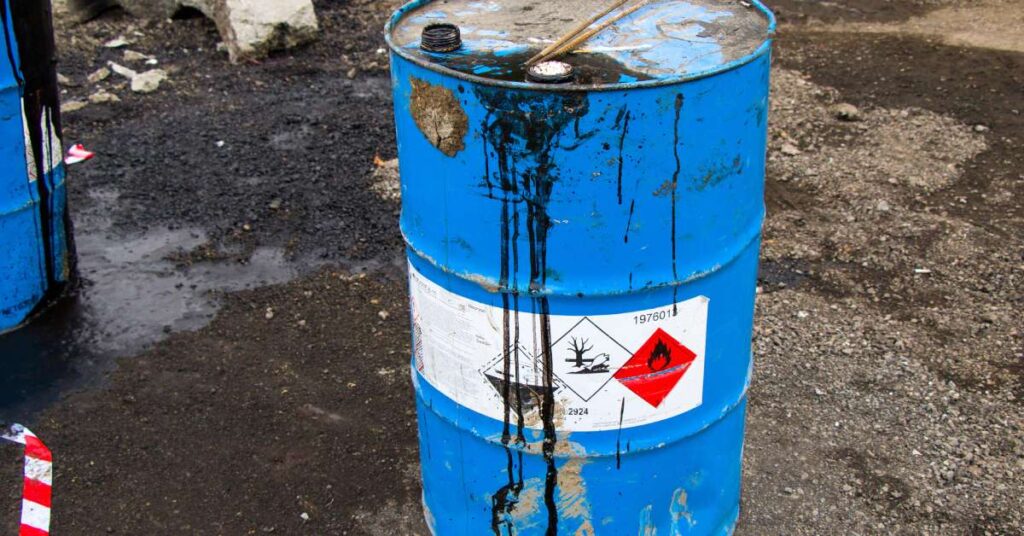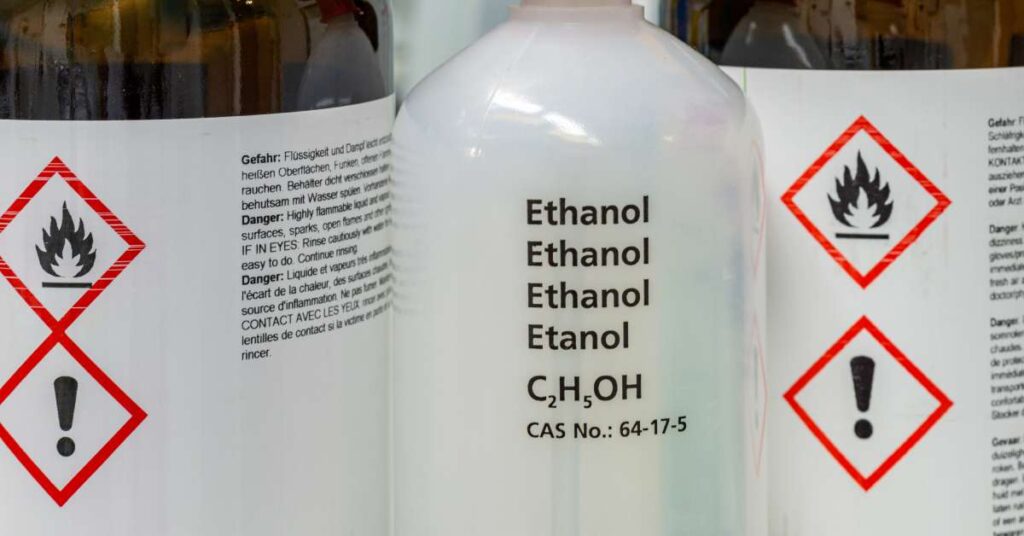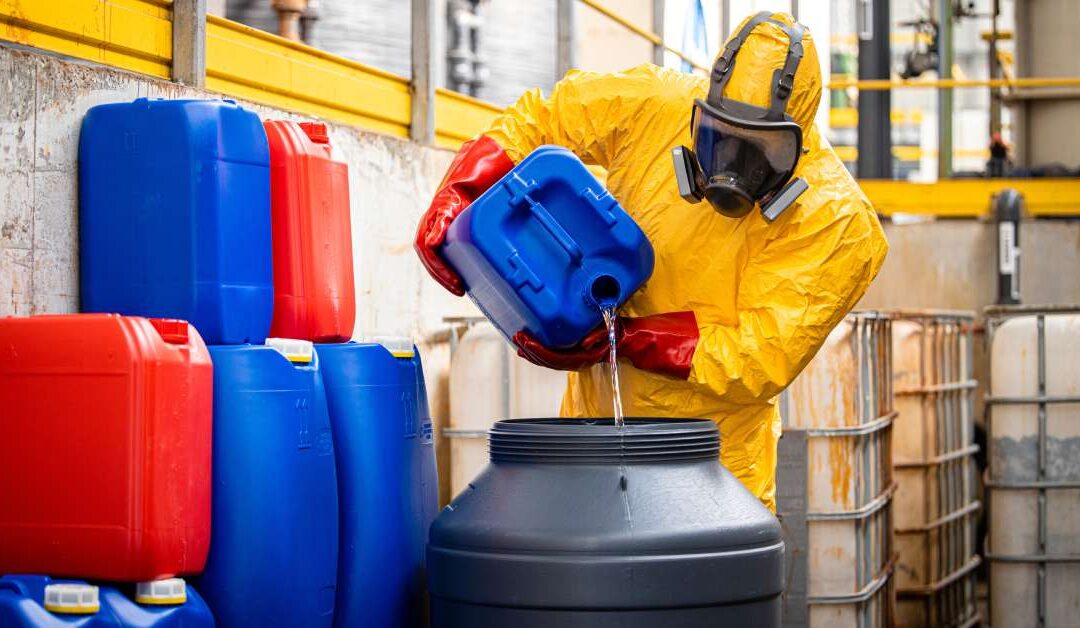Solvents support several industrial processes ranging from cleaning and degreasing to chemical synthesis and extraction. But what happens when industries use and contaminate these solvents? Can they recycle them, and if so, how many times? Today, let’s explore solvent recyclability, the factors that influence this process, and the numerous benefits of solvent recycling.
What Is Solvent Recycling?
Solvent recycling refers to the process of reclaiming used solvents, purifying them, and reintroducing them into industrial processes. This practice conserves chemicals and reduces the environmental impact of solvent disposal. The basic principles of solvent recycling involve collecting used solvents, purifying them through various methods, and ensuring they meet industry standards before reuse.
Why Recycle Solvents?
Solvent recycling offers environmental and economic benefits. Environmentally, it reduces the volume of hazardous waste in landfills and decreases the demand for virgin solvents. Economically, it lowers procurement costs and minimizes waste disposal expenses. Solvent recycling contributes to sustainable industrial practices by conserving resources and reducing waste.
The Solvent Recycling Process
The first step in solvent recycling involves collecting used solvents from various industrial processes. Workers then segregate these solvents based on type and contamination levels. Proper segregation ensures that different solvents do not mix, which could complicate the recycling process and reduce the quality of the recycled product.
Purification Methods
Industries employ several purification methods to reclaim solvents. Distillation, one of the most common techniques, heats the solvent to separate it from impurities.
Filtration removes solid contaminants, while adsorption uses materials like activated carbon to capture dissolved impurities. Chemical treatments can also neutralize specific contaminants. Each method has its advantages and is chosen based on the type and level of contamination.
Quality Control
Quality control ensures that the recycled solvents meet industry specifications. Standards and testing methods, such as gas chromatography and mass spectrometry, assess the purity and quality of recycled solvents. Companies implement stringent quality control measures to maintain the integrity of their products and ensure consistency.

Factors Affecting Solvent Recyclability
Solvent recyclability depends on various factors that influence the efficiency and effectiveness of the recycling process. Understanding these factors helps industries optimize their recycling methods and achieve better results. Key aspects include:
Type of Solvent
Solvents’ recyclability largely depends on their chemical properties. Volatile solvents, like acetone, can be easily distilled, whereas more stable solvents may require complex purification methods. A solvent’s inherent stability and volatility determine the ease and efficiency of its recycling process.
For instance, high-volatility solvents separate from impurities through simple distillation, making them easier to recycle repeatedly. On the other hand, low-volatility solvents or those with chemical stability require advanced purification techniques, such as multi-stage filtration or chemical treatments, to achieve the desired level of purity.
Contamination Levels
The degree and type of contamination in solvents can significantly affect their recyclability. Common contaminants include oils, particulates, and other chemicals. Heavily contaminated solvents may require multiple purification steps, which can be challenging and costly.
Effective segregation and pre-treatment can mitigate these challenges. For example, separating solvents at the source based on their contamination type can streamline the recycling process and reduce the costs of extensive purification. Pre-treatment processes, like filtration or decanting, can also remove large contaminants upfront, facilitating more efficient recycling downstream.
Recycling Technology
Advancements in recycling technology enhance solvents’ recyclability. Innovative techniques and equipment, such as advanced distillation units and paint solvent recycling machines, improve the recycling process’s efficiency. These technologies enable industries to recover high-purity solvents, even from heavily contaminated waste streams.
For instance, modern distillation columns with sophisticated control systems separate solvents from impurities, ensuring maximum recovery rates. Additionally, integrated recycling systems that combine multiple purification methods tackle complex contamination issues, extend the life cycle of solvents, and reduce overall waste.
Regulatory Standards
Compliance with regulations, such as the Resource Conservation and Recovery Act (RCRA) in the United States, ensures safe and environmentally responsible recycling. These standards dictate the allowable levels of contaminants and the required purification methods.
Adhering to these regulations helps companies promote sustainable practices. Furthermore, staying updated with evolving standards can drive innovation in recycling technologies, leading to more efficient and eco-friendly solutions.
For example, new regulations might encourage the development of greener purification methods, reducing the environmental impact of solvent recycling.
What Is the Recyclability Limit of Solvents?
Several factors determine recyclability limits, including the solvent type, contamination level, and the effectiveness of the recycling process. However, in general you can recycle solvents many times, ranging from 5–10 cycles.
Yet, it’s important to understand that solvents can degrade over multiple recycling cycles because of chemical composition changes. This degradation limits their recyclability. Solvents ultimately reach a point where further recycling is impractical, necessitating proper disposal or incineration.

Solvent Recycling Examples
As mentioned, different solvents exhibit varying degrees of recyclability. Here are some examples showcasing how industries can recycle common solvents like acetone, toluene, and ethanol effectively.
Acetone
Acetone, a highly volatile solvent common in pharmaceuticals and manufacturing, undergoes distillation and recycling multiple times—often up to 10 cycles—before reaching its degradation point.
Cleaner initial acetone and a highly efficient distillation setup extend its usable life. Additionally, integrating advanced purification technologies helps maintain acetone’s purity over more cycles, making it a versatile and cost-effective solvent for repeated use.
Toluene
Toluene undergoes effective recycling through distillation and filtration methods. Typically, toluene cycles through 5–7 times. However, heavy contaminants reduce its recyclability, making initial purity and contamination levels crucial for maximizing its reuse.
Using multi-stage filtration systems and advanced distillation units enhances the quality and recyclability of toluene, ensuring it remains viable for extended periods and reduces the need for frequent replacement.
Ethanol
Ethanol, popular in various applications including sanitizers and pharmaceuticals, offers considerable recyclability potential. Effective purification methods such as distillation and adsorption allow ethanol to undergo up to 10 recycling cycles.
Ensuring high initial quality and employing robust purification techniques maintains its efficacy over multiple cycles. Additionally, using state-of-the-art control systems during the distillation process improves ethanol recovery rates, making it a reliable solvent choice for sustainable practices in various industries.
Challenges and Solutions
Handling heavily contaminated solvents presents significant technical challenges in the recycling process. Companies must use modern solvent recycling equipment and continuously innovate to overcome these barriers. Research and development teams focus on improving the efficiency and effectiveness of recycling technologies.
Economic barriers, such as the initial investment costs for solvent recycling equipment, can also deter some companies. However, long-term savings on solvent procurement and waste disposal can mitigate these costs. Government incentives and grants also support businesses in adopting recycling practices.
Conclusion
Understanding the factors that influence solvent recyclability and implementing effective recycling processes are essential for businesses looking to adopt sustainable practices. By investing in solvent recycling technologies, companies can enhance their operational efficiency and contribute to a greener future! Adopt solvent recycling practices and join the movement toward sustainable industrial operations.

